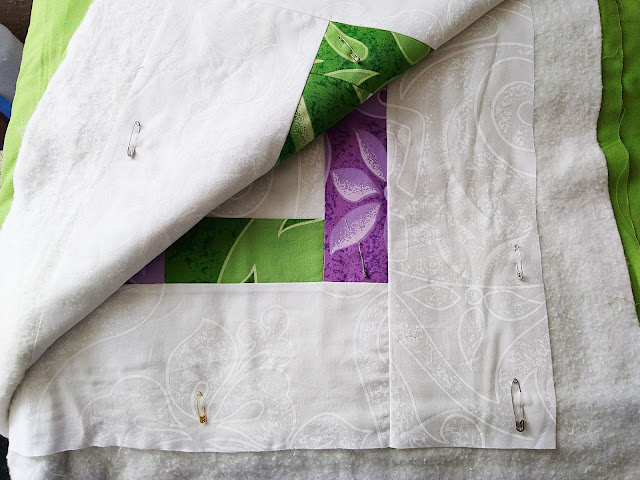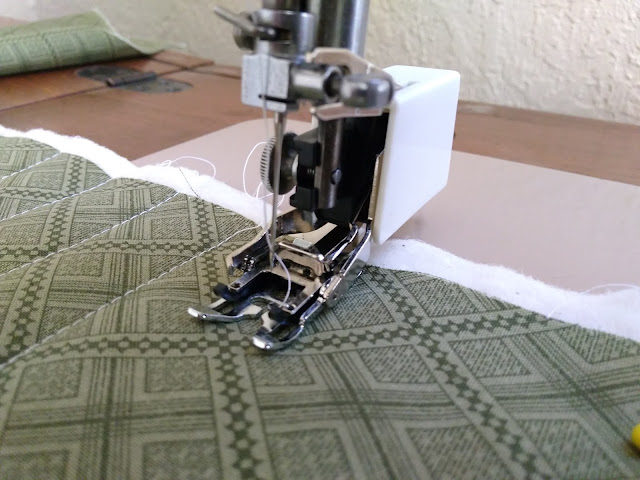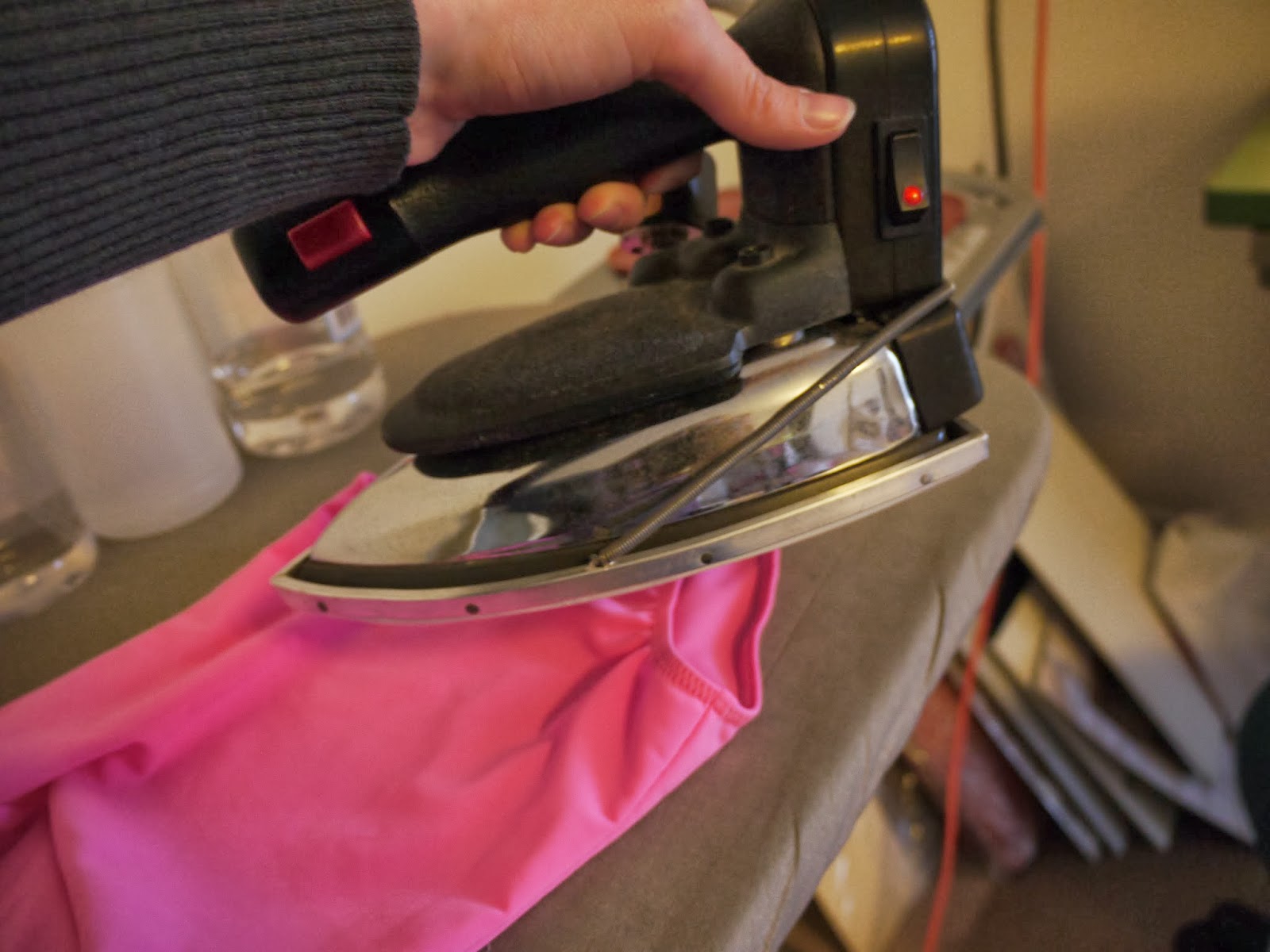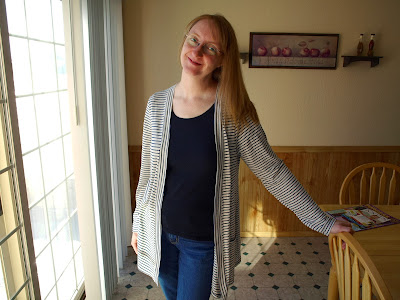In the fashion industry a
second is an item with a few defects that can still be worn or used. If there are
seconds, then there are
firsts though we don't call them that. We may call them
first quality, though I rarely hear that term either. The word
quality, all by itself, is a controversial term with various meanings attached to it. If there are
firsts and
seconds, then there are also
thirds.
The goal of any company is to produce goods without any defects for the least amount of money possible. But as we all live in the real world, defects happen. I've worked for three different companies and how each handled defects were roughly the same. Each company came up with a ranking system to evaluate product during production and as it came off the line. Each ranking was called something a little different though they conveyed the same meaning. The qualification for each ranking varied and the product that fell into each ranking was handled differently. Here is a brief break down.
First - top quality goods with no obvious defects
Second - goods with X number of defects that may or may not be repaired, but still wearable or usable and can be sold on a secondary market.
Third - goods with sufficient number of serious defects to render the item unwearable or usable. These goods may be sold for scrap and may be called rejects.
Quality can be subjective and that can cause problems not only in production but in the retail sector. A first quality item can be rendered second or third after it's first wearing and washing. In that case, was the item truly a first quality item? Perhaps not. Likewise, a second can be repaired sufficiently to make it a first quality item. But is it financially feasible to repair a second to make it a first? These are all questions that individual companies must deal with as they develop and sell product. In order to not get too long-winded on this subject, let's look at something I recently purchased at the thrift store.

This is a cute knit top that I found at a thrift store for a few dollars. It looked pretty good when I tried it on in the dressing room, but as usual the lighting was bad and I missed some obvious problems. Once home I tried it on again and immediately saw a problem with the gathers on the neckband. I also noticed the brand label and content tag were off center. Also the elastic on one of the sleeve hems was pulling away. It is true that most thrift store clothes are previously worn and I have no doubt this shirt fit that category. But because of the defects, I think this shirt started life as a second and was likely sold at an outlet store or other secondary market.
A closer look reveals the problem on the neckline. There is some fabric caught in the seam. Unfortunately, I did not take any pictures of the problem from the other side, but the fabric caught in the stitching is more obvious.
This style of neckline would be difficult to sew, especially in a factory. First, each gathered area was pre-gathered by applying 1/4 inch clear elastic - stretched between notches. Next, the operator prepares the neck band. The tie and neckband are one piece. The tie portion is sewn and turned out and the rest of the neckband is folded in half. Hopefully there were notches to help the operator position the neck band on the neck, otherwise it would be easy to skew the neckband. Anyway, the operator matches up the neckband to the neckline, starting the sewing on the left side neck. The neckband would be on top and the neckline on bottom. The operator has to match the pre-gathered section from underneath to meet a match point on the band, catch enough of the seam under the
foot securely and then stitch the pre-gathered section to the neckband. Hopefully there is another notch to indicate where the pre-gathered section should end. The sewing continues around the neck to the right side, where there is hopefully another notch to indicate where the next pre-gathered section should start. The neckline is then finished off, overedging the center front neck which is left unattached from the neckband. This small section is later topstitched down. Finally, the next operator would place the brand and size label to the back neck with a single needle machine within the seam allowance of the neckband/neckline.
The most difficult part of this whole sequence of steps would be where the operator starts attaching the neckband on the left side. The pre-gathered section is not stable and will move around as the pieces are placed under the foot. This is what happened here. Some additional fabric worked its way under the foot as the sewing began. The label placement would be difficult because the operator would have to guess where center back is and place the labels on a knit top that likes to move around.
This type of defect would have been difficult to repair in a factory. The elastic and two rows of stitching would be time consuming to undo and redo and look good. The poor placement of the brand labels would have been a second strike. The top was still wearable though and likely sold as a second or at a steep discount. I imagine there were quite a few seconds on this style....
Anyway, I was able to repair this top. I carefully unpicked the band with my fingers crossed that none of the shirt was cut when it was stitched. Luckily it wasn't. I removed some of the elastic in the affected area (it wasn't worth redoing the whole gathered area with the elastic), and regathered the neckline with a needle and thread. I then basted the neckband and neckline together to double check it was all right and stitched it back together. Almost as good as new - at least you can't tell there had ever been a problem.












































